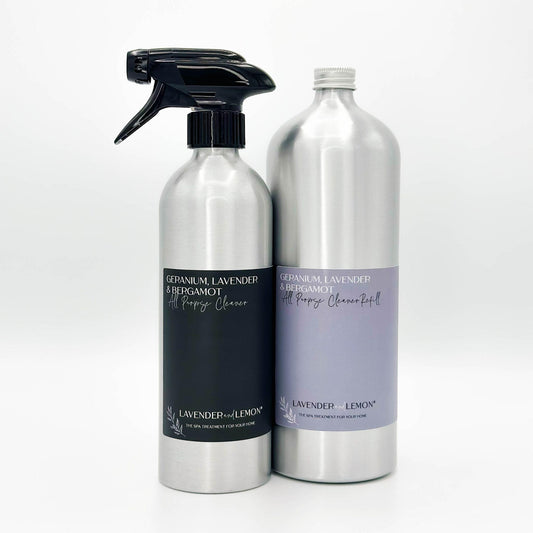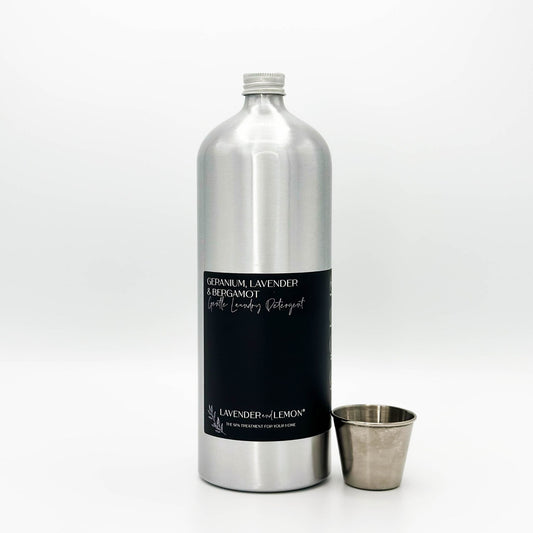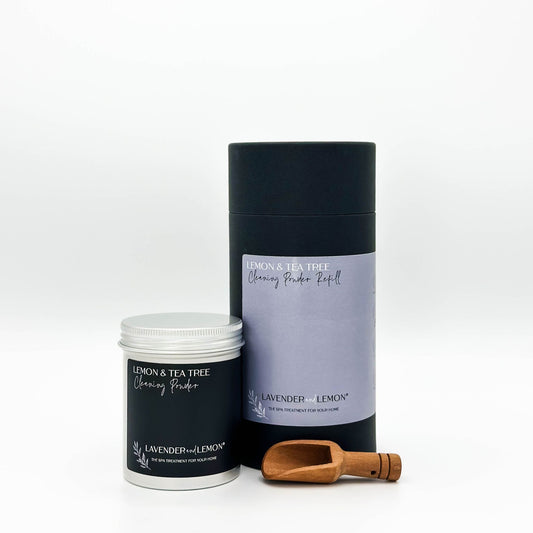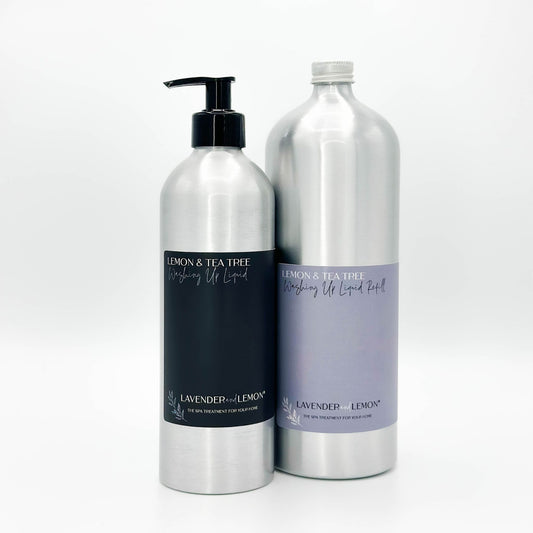Free Shipping Over £35

Environmental Chemicals and Health Issues
Share
As #WorldHealthDay draws near, it's an opportune moment to spotlight a critical yet often overlooked aspect of our health and well-being: environmental toxins. These invisible adversaries lurk in our daily surroundings, posing risks that can affect our health in profound ways. Today, we embark on a journey to unravel the complexities of environmental toxins, aiming not to alarm but to empower and inform.
The Invisible Threat Among Us
Environmental toxins are harmful substances that can be found naturally in our environment or introduced through human activity. From the air we breathe to the water we drink and the products we use, these toxins can infiltrate our lives in myriad ways. Heavy metals like lead and mercury, alongside synthetic chemicals found in pesticides and household cleaners, are just a few examples of the diverse array of environmental toxins we may encounter.
Recognizing the Health Impacts
The health ramifications of exposure to environmental toxins span a wide spectrum. While some effects are immediate and acute, such as allergic reactions, others manifest as chronic conditions over time, including neurological disorders, various cancers, and immune system complications. It's particularly important to note that certain populations, including children, pregnant women, and individuals with pre-existing health conditions, are more susceptible to these adverse effects.
Strategies for a Toxin-Free Life
In the face of these challenges, there are actionable steps we can take to mitigate our exposure and safeguard our health:
- Detoxifying Your Environment: Begin by identifying potential sources of toxins in your home. Switch to natural cleaning products, ensure your living spaces are well-ventilated, and consider adding indoor plants known for their air-purifying qualities.
- Embracing Clean Eating: Opt for organic and minimally processed foods whenever possible. This approach helps reduce your exposure to pesticides and chemical additives, benefiting both your health and the environment.
- Choosing Non-Toxic Products: When purchasing personal care items, household goods, and textiles, seek out eco-friendly and non-toxic options. Labels and certifications can be helpful guides in making safer choices.
A Balanced Approach to Discussion
Amidst the growing discourse on environmental toxins, it's crucial to rely on evidence-based information and foster a dialogue that educates without inducing panic. Engaging with a community, whether online or in person, can offer support and a wealth of shared knowledge and experiences.
Towards a Healthier, Sustainable Future
As we observe #WorldHealthDay, let's commit to not only raising awareness about the impact of environmental toxins but also taking concrete steps toward reducing our exposure. By making informed choices and advocating for cleaner, safer environmental practices, we play a part in paving the way for a healthier and more sustainable world.
In embarking on this journey, remember that every small change counts. Together, through awareness, action, and advocacy, we can confront the challenge of environmental toxins and forge a path to a cleaner, healthier future.
[product=eco-friendly-all-purpose-cleaner]
✪ From Grease to Glass: Zero Residue, 100% Shine
✪ One Cleaner, Infinite Uses: Simplify Your Home
✪ Elevate Your Senses: Aromatherapy while you clean
[/product]








